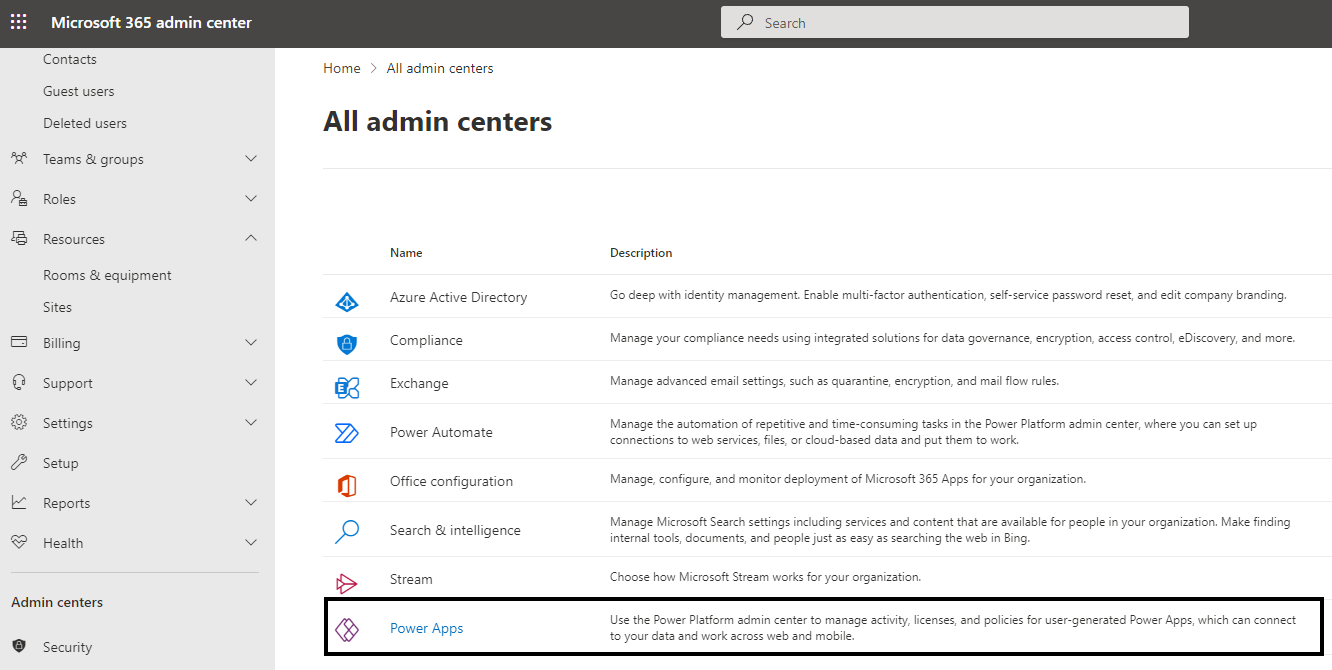Filing cabinets are now artifacts (at least we hope so!). Over the past decade — and only accelerated by the pandemic — most of our business, administrative and personal activity has transitioned to the online space.
With the increasing digitization of information and limited storage capacity on computer hard drives for documents, photos, videos and other data, online data storage is more important than ever before.
The Microsoft Dynamics 365 platform is a comprehensive portfolio of business applications that can help you simplify and manage day-to-day tasks, boosting the efficiency of your business operations.
One of the best features of Microsoft Dynamics 365 is a robust and secure database that can provide you with all the storage capacity you need to keep your business running smoothly.
To help you best use your space, here is a guide to Dynamics 365 Database Storage Capacity.
How Dynamics 365 database storage capacity works ?
With Microsoft’s new self-service function for its Power Platform products, employees no longer have to rely on IT teams or Power Platform administrators to purchase and install business applications for their computers. They can make self-service product purchases online or via prompts to purchase in-app.
As a result, employees are now responsible for managing their own Dynamics 365 Database’s storage capacity.

New users of Dynamics 365 Sales, Dynamics 365 Customer Service, Dynamics 365 Field Service, Dynamics 365 Marketing, and Dynamics 365 Project Service Automation are automatically entitled to three types of storage: relational data (database), attachments (file) and audit logs (log).
Dynamics 365 database storage capacity therefore allows customers to store and manage company definitions, data, files, attachments, photos and videos, plus record data changes over time for later analysis and reporting.
In addition to supporting a wide variety of data types, this database reduces the need for businesses to free up storage, providing them with the flexibility to create new environments if they happen to exceed their capacity.
Dynamics 365 clients can also scale more easily with the database’s purpose-built storage management solutions and gain the ability to take on new business scenarios.
How to find out your Dynamics 365 database storage capacity?
Microsoft’s new self-service function also gives employees the ability to view their individual Dynamics 365 Database’s storage capacity — easily and quickly. Keeping tabs on your storage capacity can help you better manage your data, alerting you when it’s time for a clean-out.

Here's how:
- Sign into the Power Platform admin center with your admin or end user login info.
- From the "Resources" menu, go the "Capacity" tab and click on "Summary."
- Go to the "Storage capacity by source" section and select "View self-service sources."
The following screen will depend on your user type. If you are signed in as a Power Platform admin, you can view all licenses purchased by employees and the storage capacity associated with each one. You can use the drop-down menu and search bar in the corner to filter or search for specific licences and add-on licences more efficiently.
If you are signed in as an end user, you will only see the license and storage capacity information for the licenses you have purchased. If no licences have been purchased, the capacity from self-service user licenses page will be blank.
Once you know your Dynamics 365 Database’s storage capacity, you can monitor your storage needs and free up or purchase storage, whenever necessary.
How to free up your Dynamics 365 database storage capacity?
Whether you are approaching full capacity or you simply want to clean out your database and eliminate any unneeded data, it is incredibly easy to free up your Dynamics 365 database storage capacity. In fact, you can choose what to delete according to data type, depending on your business’s particular storage needs.
Start by going through all your customer engagement apps (Dynamics 365 Sales, Dynamics 365 Customer Service, Dynamics 365 Field Service, Dynamics 365 Marketing, and Dynamics 365 Project Service Automation) and deleting all excess or copied information.
All those somewhat similar versions of the same document
Attachments can use up much of your Dynamics 365 database storage capacity. Fortunately, you have the option of filtering according to attaching type — email attachments, email messages with attachments or notes with attachments — and swiftly delete all unneeded attachments... such as the picture of your client's new dog. He's cute, but not THAT cute.

Use the Advanced Find function for specific attachments and bulk deletion to remove many at once. Make sure to delete all logs, duplicate jobs and records and bulk email, which can easily clog up storage space.
Lastly, you can remove all unnecessary tables and columns with a "Relevance" search. None of this data is critical. It often winds up forgotten in the dusty corners your database. So, you don’t always have to sacrifice storage for important data — sometimes, you just have to tidy up your database.
How much extra Dynamics 365 database storage capacity will cost you?
If you have finely combed through all the data in your database and are still running low on storage capacity, you can purchase more storage to increase your Dynamics 365 database storage capacity.
Keep in mind, though, the self-service function does not apply here and only Microsoft 365 Global or Billing admin are empowered to purchase additional storage licenses.
If you are an end user, you will have to consult the designated admins at your company. Also, before purchasing additional storage, you should take note of your current storage capacity to determine your needs. This step can be done by admins and end users alike by following the steps mentioned above.
You can purchase add-on licences according to the type of storage you need:
- Increased file storage capacity comes in the form of add-on licences, starting at $2 per month.
- Licences for additional log capacity start at $10 per month.
- Licences to increase overall data capacity start at $40 per month.
You can choose the number of licences for each type you wish to purchase the payment frequency. Once you have completed the purchase process, you can instantly see your additional storage capacity, simply by going to the Power Platform admin center and clicking on the "Capacity" page.
Although it’s unlikely you will ever run out of Dynamics 365 database storage capacity, purchasing additional storage is now both simple and cost-effective for you — thanks to Dynamics 365 database's large starting capacity and our tips for freeing up space.
Still not sure if you need more storage ? Let us help you
Let Gestisoft help you better understand your Dynamics 365 database storage capacity
Although most software today is engineered to be as user-friendly as possible, it can be difficult to make sense of every component and function — and ensuring you are optimizing its services.
Gestisoft’s seasoned expert team helps many companies implement and manage Microsoft’s ERP and CRM applications. Our overcaffeinated consultants work tirelessly to resolve the issues you’re facing, helping you better understand and harness the power of Microsoft Dynamics 365.
Gestisoft can offer you helpful tips for freeing up additional storage or compare licences to help you choose the one that best meets your storage needs.
Do you need expert help with your Dynamics 365 database storage capacity? Get in touch with us today.
Liked what you just read? Sharing is caring.

September 29, 2021 by Lukas Vézina by Lukas Vézina Brand & Communications Manager
Working at Gestisoft since 2017, where I moved from project management to brand management. This journey made me grow in ways I could never have imagined, and I'm just getting started!



